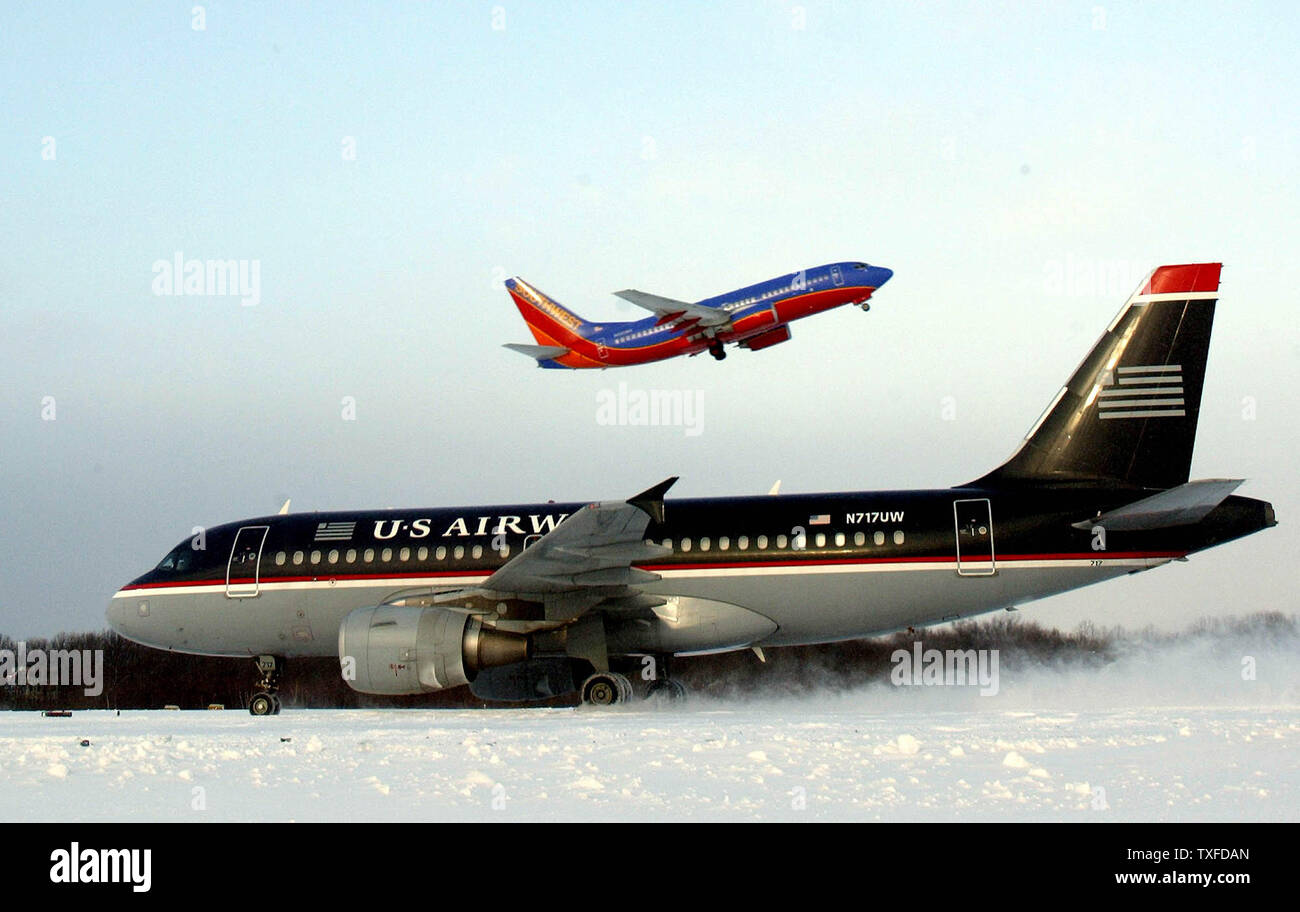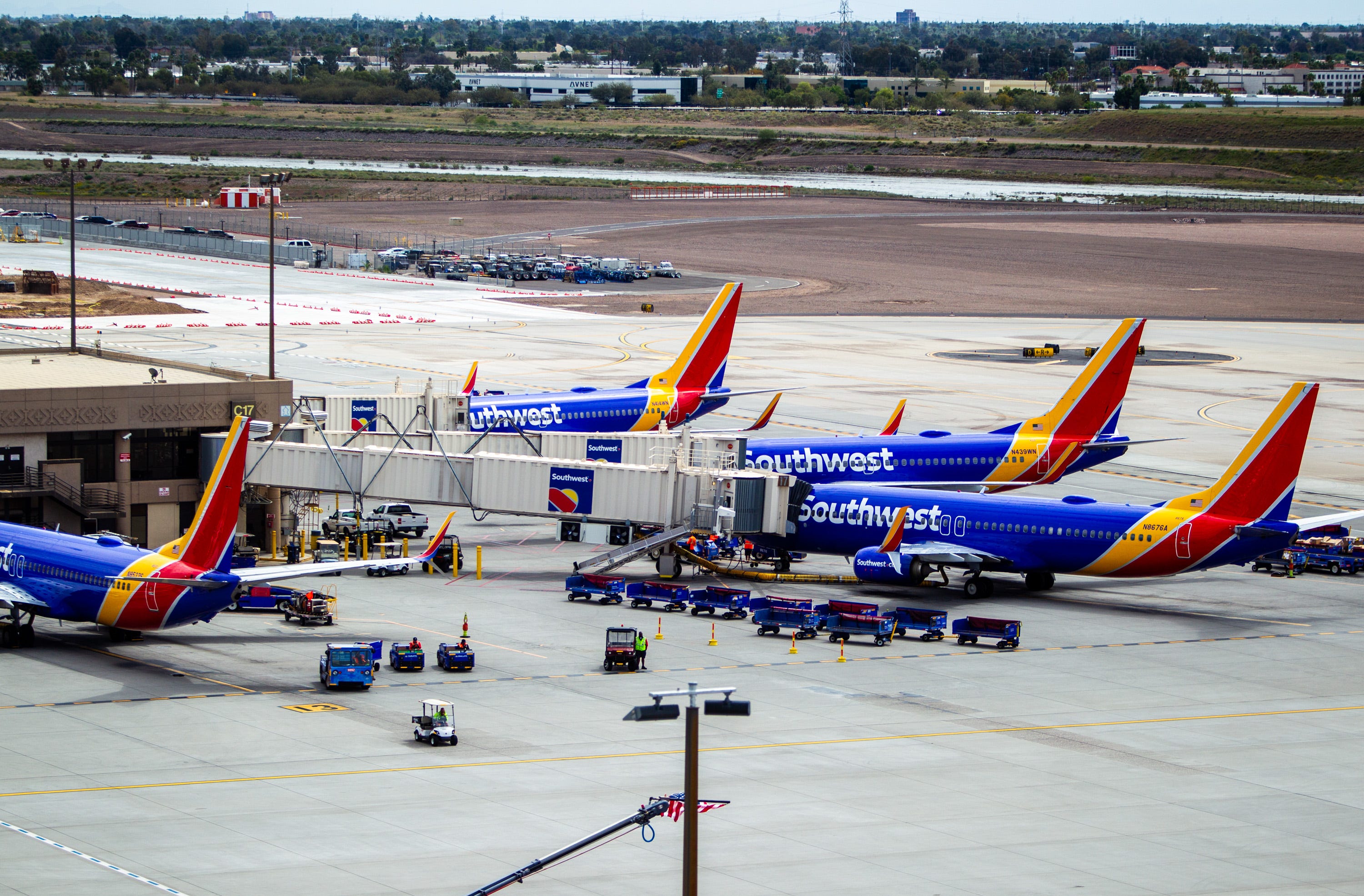

Flying into O’Hare, maybe only 50 feet off the runway, the engines roar to life and we take straight back off. (HT: landings stink, especially when it’s your first one.

Ideally, following the NavCanada model, they’d be able to issue bonds for capital improvements rather than seeking funds for long-term upgrades year-by-year. And they should be funded by user fees, rather than tax dollars, and taken out of the annual appropriations cycle. The ATO should be put under a separate organization, spun off out of the FAA, so that they aren’t regulating themselves. There are air traffic control staffing shortages, and the FAA’s Air Traffic Organization has bungled technology improvements for twenty years. While aviation in the United States remains safe, these incidents – and others – are concerning. Watch the upper left hand corner of this video from terminal 2 security to see the plane pull up at the last moment. The United captain can be heard in an air traffic control recording saying “He’s on the taxiway.” The Air Canada A320 from Toronto was just feet above a United Airlines widebody when it initiated an aborted landing and go around. When that American-Delta incident occurred my first thought was to the Air Canada flight that nearly landed right where four planes were waiting to take off in San Francisco in 2017. The Delta jet aborted takeoff at the last minute. The two planes narrowly averted disaster.Īnd this followed an incident in January where an American Airlines Boeing 777 to London taxied down the wrong runway, right in front of a departing Delta 737. The FedEx Boeing 767 had been cleared to land, and the Southwest 737 cleared to take off. In February there was a near-disaster as a FedEx cargo jet nearly landed on top of a Southwest Airlines flight in Austin. But like many reason near-misses, the margin for safety was limited. Other than the Southwest pilot, who didn’t follow (and may not have internalized) instructions, everyone did everything right. It’s not clear that planes would have collided, but they were unacceptably close, and a clear communication failure occurred. Here’s air traffic control audio from the incident and here’s the path of the aircraft.
/arc-anglerfish-arc2-prod-dmn.s3.amazonaws.com/public/NOHBHLDY5GKXMGDQ7BXYALNTPQ.jpg)
As the plane dropped to about 550 feet, according to the data and audio, the landing was aborted. The controller responded, tersely: “I don’t need an argument on frequency.”Īt that point, the Southwest plane was told to exit Runway 28 Right onto a taxiway as Alaska Airlines Flight 553, which was cleared to land on that runway, was closing in. The pilot began to explain what happened: “The last plans we got were to line up and wait.” The controller replied: “OK, so you shouldn’t be on the runway.” He responded: “We never got that clearance.” Moments later, the air traffic controller asked the Southwest pilot, “Are you departing?”
#Southwest airlines flights cancelled for feb 22nd 2018 full#
Seconds after the aborted landing, according to the video, the Southwest flight taxied onto Runway 28 Right.Īimer, after reviewing the audio record, said it sounded like the Southwest pilot did not hear the controller’s clearance for departure from that runway because the transmission got blocked, meaning two pilots hit their mic buttons at the same time, obscuring the controller’s full instruction. However it took 20 seconds for the plane to actually clear the runway and 36 seoconds to clear the hold short lines. Southwest has been cleared to cross runway 28 Left to prepare for departure from 28 Right. Ross Aimer, a former commercial airline pilot and aviation consultant, called the aborted landing “too close for comfort.” The FAA video showed the plane dropped to about 350 feet before aborting. Aircraft fly low over San Francisco Bay, moving east to west, before landing on 28 Left or Right, parallel runways that lie 750 feet apart.Īt about 9:10 a.m., the United captain broadcast that he was “going around.” At that moment, FlightAware data showed the Boeing 737 Max had descended to roughly 225 feet and was about a mile away from the start of the runway and the Southwest plane. Then an Alaska Airlines jet aborted its landing, too.Īir traffic control called out the Southwest pilot – “you shouldn’t be on the runway” – yet the FAA dismisses this in a statement to the San Francisco Chronicle saying that there was no runway incursion (because of the aborted landings!) and that they “looked into the incident and determined the appropriate steps were taken to ensure a safe operation.”įriday’s incident began to unfold around 9:08 a.m., when United Flight 277, arriving from Dulles International Airport near Washington, D.C., was cleared to land on Runway 28 Left. On May 19, a United Airlines flight was forced to abort landing in order to avoid a Southwest Airlines Boeing 737 on the runway.


 0 kommentar(er)
0 kommentar(er)
